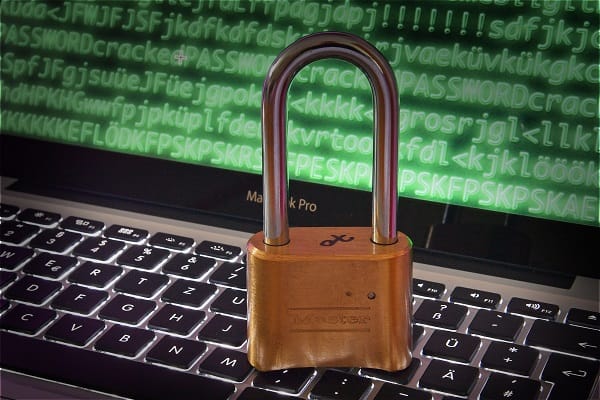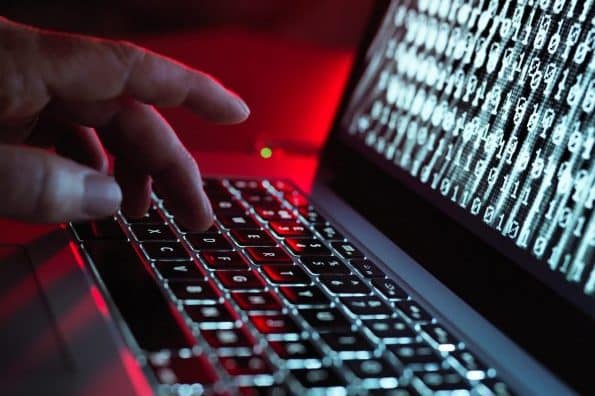Biometric security has made wild advances from the early fingerprint scanners of a few years ago. For example, biometric security is so accurate and affordable that it is now built into many smartphones in the form of facial recognition. It also eliminates some if not all of the risks that come with passwords and other forms of authentication.
Why is Biometric security taking off?
The simple reason is that technology is advancing so far and fast that it is practical on a wide scale. For example, a cell phone in 2000 could accept a pass code but wouldn’t be able to read a fingerprint. Facial recognition wasn’t even possible until digital cameras and AI were good enough to correctly identify people. Now we have smart phones smart enough to recognize their owners. Conversely, hackers have access to a wide range of tools to capture passwords and pass codes. That’s why a 6 digit numeric code controlling access to your cell phone or bank account isn’t good enough anymore. However, there are multiple, competing forms of biometric security in use.
Voice recognition
Voice recognition was one of the first commonly used forms of voice recognition. It was lower tech than facial recognition, and it didn’t require a database of faces. It had many disadvantages. One was how easy it could be bypassed by someone recording your voice. Another was how often our voices change. For example, a sore throat might change your voice, and severe cases could leave you unable to speak loud enough for the system to hear you. You might not be able to get through your front door because of background noise like thunder.
Facial recognition
Facial recognition is more accurate than facial geometry readings, though facial geometry readings may be used to provide a measure of facial recognition when someone is wearing a face mask or other identity concealers. Those learning about biometric security are probably already aware of how easy it is to track people based on facial recognition. For example, cameras connected to central servers track people everywhere they go in China. They’re also recorded when they jump turnstiles or jaywalk, resulting in immediate digital public shaming and lost points via the Chinese Sesame Credit system.
Why is facial recognition so popular? It can be done from a distance, whereas many other biometric authentication methods require the person to be present and compliant. It is fairly accurate, though the horror stories of innocent people confused with criminals and politicians falsely identified as known felons are public record.
Fingerprints/handprints
Fingerprints and handprints are among the oldest biometric authentication methods around. It was nearly impossible to falsify until recently. Technology has had to evolve to prevent someone from taking a high resolution picture of your fingerprint and replicate it on a fake finger, so we now have scans to verify there is blood flowing through the blood vessels when you put your hand on the scanner.
Retina/Iris checks
Retina and iris checks have the benefit of being contactless technology while being unique to the person. It is more difficult to make a copy of someone’s retina and wear it in a contact lens, while checks for activity like pupil dilation changes prevent someone from 3D printing it to enter your workplace. However, such scans do require proximity.






Leave a Comment